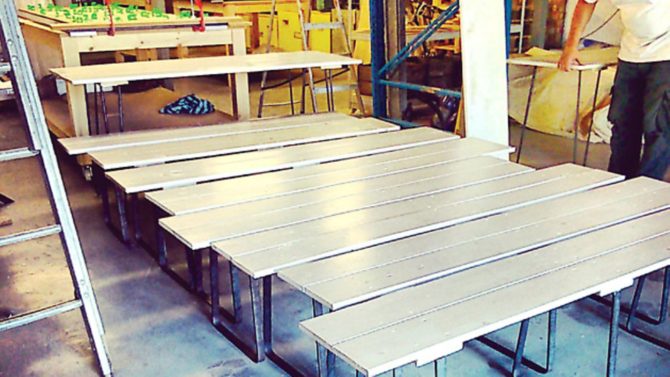Tips on upcycling your furniture

We talk to upcycling specialist Clio Wood to find out how to add some personal French touches to your home interior

f you’ve discovered a hidden gem in a salvage yard or a vide-grenier but find that when you get it home it’s not quite right – perhaps it doesn’t match your colour scheme, or it doesn’t do what you want it to do – try upcycling it.
For those unfamiliar with the idea, upcycling isn’t a new concept, but it has enjoyed something of a rebirth recently as people look to save money or simply enjoy having a unique piece in their home.
We talk to interior designer and upcycling specialist Clio Wood on how to breathe new life into old pieces, and find out how she furnished her rural Limousin home.

First things first, what is upcycling?
The idea of upcycling is that you are taking old and unloved pieces and reusing them. It is about re-finding the beauty in an old piece that might be undiscovered or neglected. Some pieces might just need a refresh, so you could simply rub them down and repaint them, or you could add your own design, or you could completely repurpose them by using them in a different way and turn an old piece into something completely new.
What sort of items can you upcycle?

You can upcycle anything. You’re only really limited by your imagination. A good place to start is with a solid wood piece, such as a chest of drawers or a coffee table, as it tends to be very hardwearing and can take a lot of punishment. You can rub it down and refinish it and, if you make a mistake, you can simply rub it down and start again. Or you could try transforming something a little bit unusual, for example if you find a
wooden crate or metal grill in the garden you can turn it into something else, like a shelf or a coffee table.
What items are available in France?

Everyone knows France is pretty good for antiques at the brocantes and antiques fairs but I think it is also important to go along to the vide-greniers in the little villages. This is when everyone gets rid of all the stuff that’s in their garage or attic and they can be a really
nice source of stuff because they are often overlooked and you are able to pick up a few bargains as well.
It is all about seeing the charm in the more battered pieces and not just rejecting them because there’s a chip in the top or it’s not quite the right colour. Also think about some of the smaller pieces you can pick up, for example an old drawer or a beautiful piece of wood, you can definitely turn those items into something useful.
Can anyone try upcycling?
Yes! Anyone can give it a go, you just need an open attitude and enthusiasm because it won’t necessarily go right the first time you try. But that is part of the charm, it doesn’t matter if you have to redo things several times over. It is nice to have the proper tools but you don’t necessarily need anything high-tech. If you are starting with painting then get a good-quality sanding block and paper, as this will make rubbing down a large piece much easier. If you need to cut something then yes, it’s nice to have a good jigsaw or circular saw, but a good handsaw will work just as well if you take care to do it slowly.
Do you have a favourite item that you have upcycled?
One of the items I like and that people comment on a lot is the big dining table we have in our kitchen in France. It was riddled with woodworm when I first bought it so it was really cheap! I treated it to make sure it wouldn’t come back, sanded it down to the grain and then whitewashed it to
bring out the natural lightness of the design. This also means details like the vintage lettering are visible through the white.
www.cliothemuse.co.ukRead about Clio’s move to France and transforming her house
Share to: Facebook Twitter LinkedIn Email


